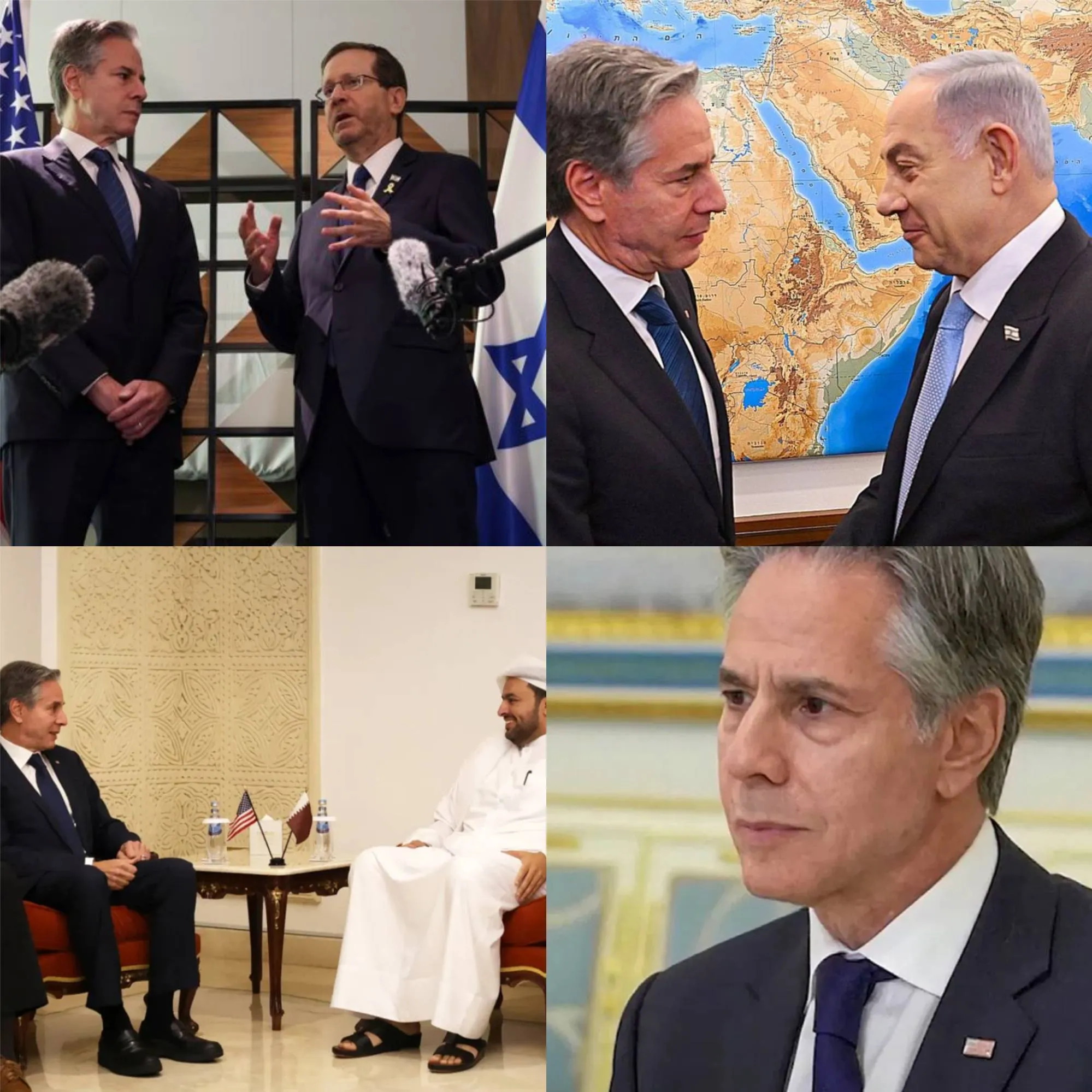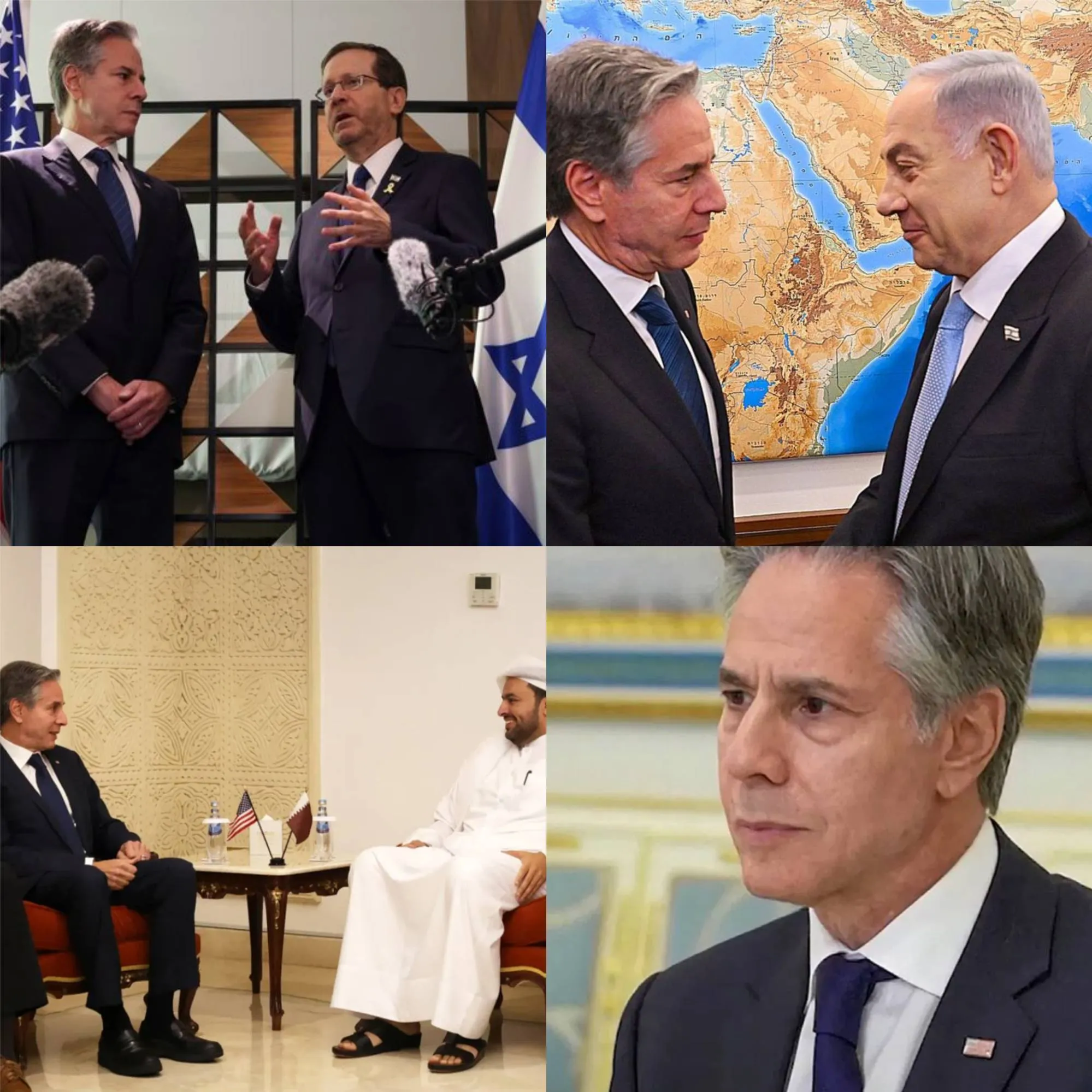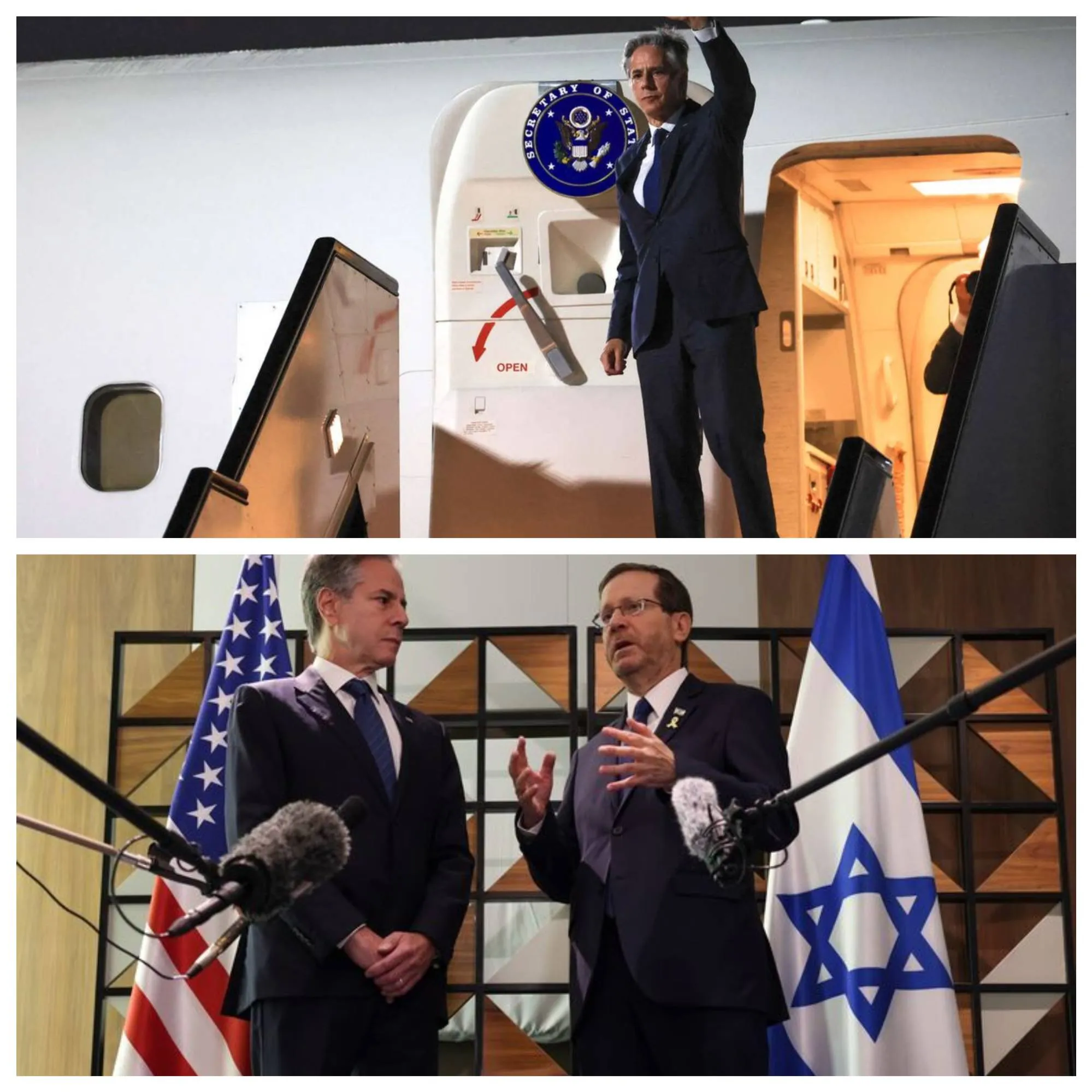
Blinken Announces Israeli Agreement to Gaza Withdrawal Terms Amid Netanyahu’s Contradictions

On Tuesday, U.S. Secretary of State Antony Blinken confirmed that Israel has accepted the terms of a Gaza withdrawal outlined in a recent proposal, despite conflicting statements from Israeli Prime Minister Benjamin Netanyahu. This agreement is part of ongoing efforts to negotiate a ceasefire with Hamas.
Blinken clarified that Israel has committed to a detailed schedule and specific locations for the withdrawal of Israeli Defense Forces (IDF) from Gaza. He made these remarks to reporters as he concluded his visit to Qatar. The Secretary of State’s comments followed reports suggesting Netanyahu had informed families of terror victims and hostages that Israel would retain control over the strategic Philadelphi corridor and the Netzarim corridor, which are deemed crucial for military and political reasons.
The U.S. has yet to publicly disclose the full details of the ceasefire proposal, which is structured in three phases and aims for a complete IDF withdrawal from Gaza. Israeli officials, however, have emphasized the need for a solution to manage the Egypt-Gaza border effectively, a region historically used for smuggling activities. The positioning of troops in the Philadelphi corridor and the issue of Palestinian return to northern Gaza remain significant obstacles in the ceasefire negotiations. Hamas has demanded a full IDF withdrawal and the return of its citizens to their homes.
Blinken asserted that Netanyahu assured him directly that Israel accepted the “bridging proposal” and the specific plan for withdrawal. A senior U.S. official criticized Netanyahu’s comments as “maximalist statements” that could undermine the ceasefire negotiations.

During his visit to the region, Blinken aimed to push for a ceasefire agreement to end the fighting in Gaza and secure the release of Israeli hostages held by Hamas. The Secretary of State highlighted that, following high-level discussions in Doha last week, negotiations are ongoing. Senior negotiators, including CIA Director Bill Burns, are expected to reconvene in Cairo to finalize the agreement details.
Despite the urgency expressed by U.S. officials, they have tempered expectations regarding the swift resolution of the ceasefire. Blinken emphasized the need for flexibility and cooperation to finalize the detailed implementation of the ceasefire agreement. He reiterated the U.S. stance against a long-term Israeli occupation of Gaza, referencing the Tokyo Principles.
Blinken concluded his regional trip with meetings in Egypt and Qatar. Although his meeting with Qatari Emir Tamim bin Hamad bin Khalifa Al Thani was canceled due to the Emir’s illness, Blinken met with other Qatari officials. He also engaged with Israeli leaders, including Netanyahu and President Isaac Herzog.
Hamas criticized both Blinken and President Joe Biden for allegedly misrepresenting their stance on the ceasefire. The group accused Netanyahu of obstructing negotiations and noted that Hamas had responded positively in previous rounds of talks. A senior U.S. official indicated that Hamas has yet to formally respond to the bridging proposal, with Egypt urging a prompt reply.
As negotiations continue, Blinken stressed the critical need for timely progress, underscoring that the current opportunity might be the best chance to achieve a ceasefire and secure lasting peace and security.



